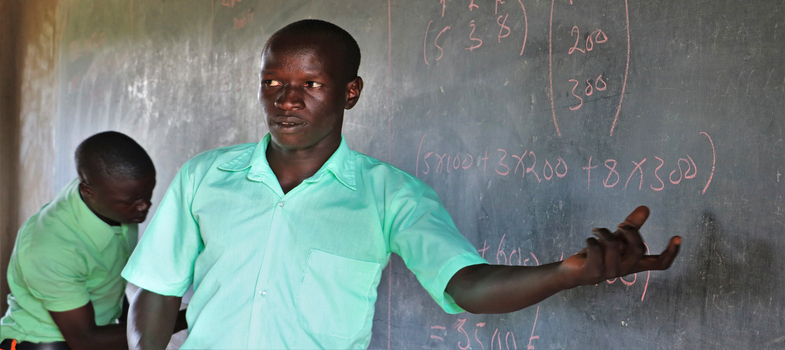Identifying Barriers
Active teaching and learning is based on the notion that knowledge can be constructed by both learners and teachers. By challenging the authority of the teacher as ‘the’ person in the classroom who possesses knowledge, it may engender cultural resistance. There are also a number of practical issues affecting the proper implementation of active teaching and learning:
Listen to 'Maggie's Story' by clicking on the headphone icon below.
After listening, answer the following question:
What issues affecting proper implementation of Active
Teaching and Learning did Maggie face during her
teaching career?
List your answers in your study notebook.
Maggie's Story Audio player: Maggies%20story%20%28online-audio-converter.com%29.mp3
A spectrum of approaches
Teacher may find it hard to select an appropriate method or technique for active teaching. To promote quality teaching and learning, teachers do not need to rigidly divide learner-centred from teacher-centred approaches. In the spectrum of pedagogical approaches, teachers change their practice throughout the different modules of a course, or even in a single lesson in order to choose the specific approaches that will best serve the lesson objectives. In one single lesson for instance, some direct teacher-led instruction may be followed by inquiry-based activities. It remains up to the teachers’ professional judgment to find the best ways to guide learning.
The following factors can help teachers select the appropriate methods and techniques of teaching:
- Lesson objectives;
- Learners' learning style;
- Nature of content;
- The age of learners;
- Time bound.
2.3 Barriers in integrating Active Teaching and Learning TAKE QUIZ 2
